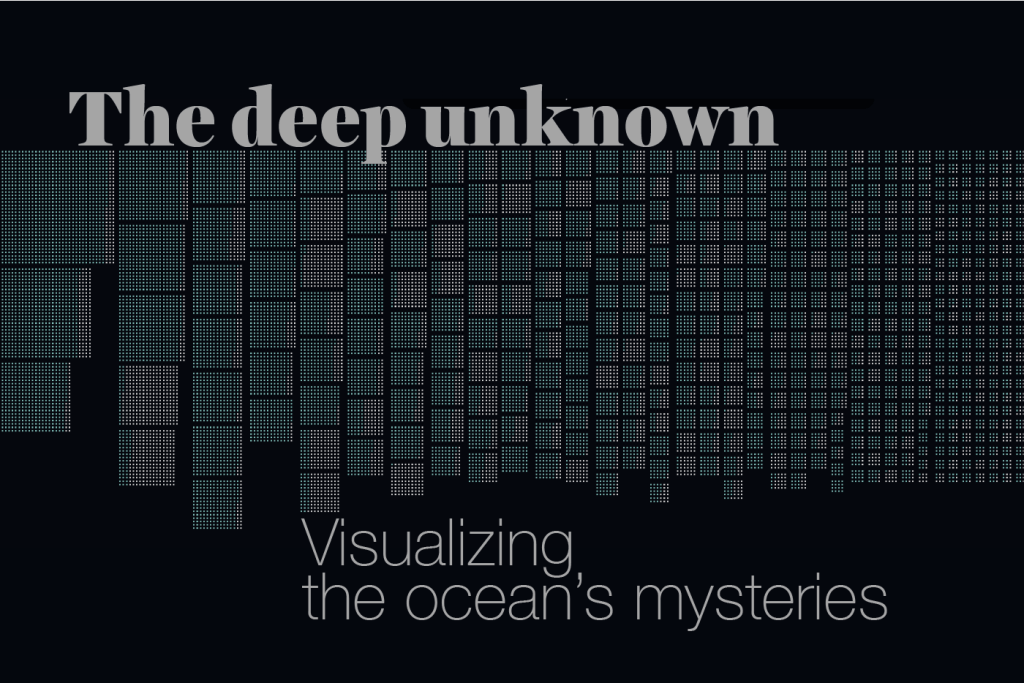Northeastern University collection preserves thousands of ocean species that may go extinct

The Ocean Genome Legacy accepts well-documented legally collected specimens from anyone. That open policy has guided the collection’s growth.
“We’re pretty open minded about the value of samples, because you never know where discovery is going to come from,” said Dan Distel, research professor at Northeastern’s Marine Science Center and executive director of the Ocean Genome Legacy Center.
“It’s sort of the luck of the draw,” Distel said.
From zero to about 100 meters, researchers can use nets—and if necessary, scuba gear—to collect samples. Anything deeper requires a submarine.
At depths beyond 100 meters, “You find very interesting organisms—weird things that we know very little about,” Distel said.
A research vessel called the Okeanos Explorer, funded by the National Oceanic and Atmospheric Administration, has contributed around 500 samples to the Ocean Genome Legacy. Many of them come from the deep ocean and haven’t been named beyond their higher taxon.
“Literally every time you go into the deep sea, you find species that haven’t been described before,” Distel said.
Some specimens in the collection are from legally, ethically, humanely collected specimens of endangered species, typically subsamples of material collected for other research purposes. For example, with funding from the National Fish and Wildlife Foundation, Ocean Genome Legacy has built a reference DNA collection of black corals.
In truth, these corals are rarely black, instead coming in hues of white, red, green, yellow, and brown. They have historically been harvested to make jewelry. There is one legal black coral fishery in the world—and several illegal sites. Ocean Genome Legacy’s black coral DNA collection can help researchers distinguish between corals from the legal fishery and the illegal ones, to help enforce regulation to protect this vulnerable species.
“We need to know more about the ocean in order to realistically lesson man’s impact on the ocean,” said Distel. “That’s going to take knowledge, and knowledge comes from research.”





